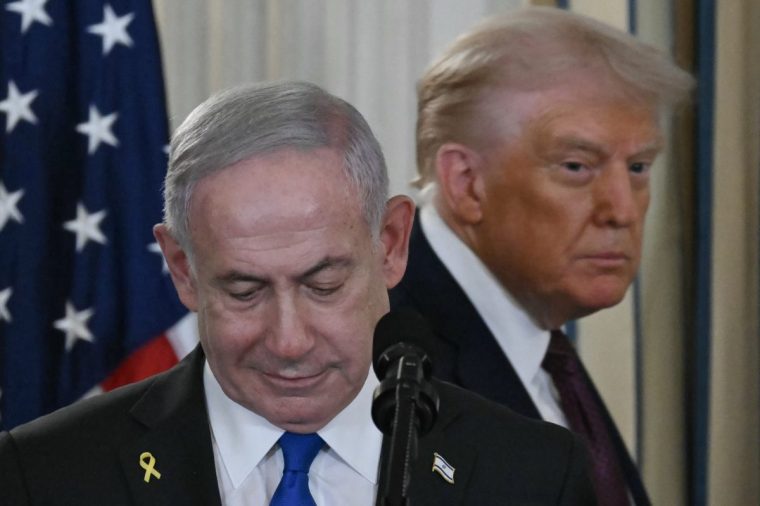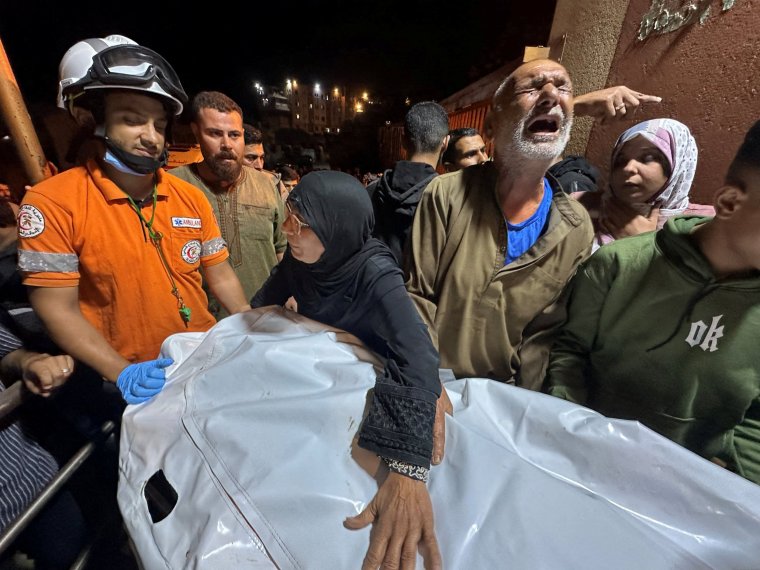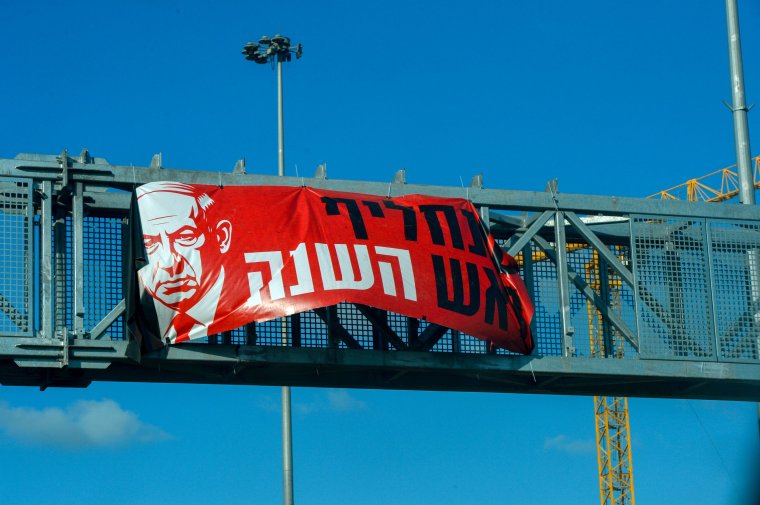The temporary ceasefire is under strain after Benjamin Netanyahu ordered ‘forceful’ strikes on Hamas – but what happens next is still unclear
Israel’s prime minister, Benjamin Netanyahu, is back to what he does best, what he has made a career out of doing: defying the United States.
The Gaza ceasefire, imposed on a reluctant Israel by Donald Trump, is under increasing – though perhaps not yet terminal — strain after Netanyahu ordered “forceful” strikes on Hamas.
Israel says Hamas broke the truce and that demanded a military response. But, more importantly, Netanyahu never achieved his principal war aim of destroying Gaza’s armed groups. The war is on pause, not over.
There’s a well-known story about Netanyahu meeting Bill Clinton at Camp David in 1996.
Netanyahu had only just become prime minister for the first time but wasn’t lacking in self-confidence, lecturing Clinton on America’s role in the Middle East. Clinton emerged from the meeting and exploded: “Who’s the f****** superpower here?”
That story is retold in today’s edition of the Israeli newspaper Haaretz by an American official who was there, Aaron David Miller. His piece is about exactly how Trump forced Netanyahu to swallow the ceasefire, much against his will. The headline is: “Who’s the superpower now Bibi?”
In several press accounts of the crucial meeting, Trump told Netanyahu the US was prepared to let Israel go it alone. Trump catalogued all the things he’d done for Israel. Like Clinton, he was moved to use some choice language, though this time to Netanyahu’s face. “I don’t know why you’re always so f****** negative. This is a win. Take it.”

What had made Trump so angry was Israel’s strike weeks earlier on Qatar, a friendly country that was in the middle of hosting another round of ceasefire talks with Hamas.
Qatar is also the site of the biggest US military base in the Middle East. And – because you should always follow the money where Trump is concerned – Qatar is planning to develop a $5.5bn Trump-branded luxury golf resort, hotel and theme park. The White House says it was notified only when missiles were already in the air. Trump’s son in law, Jared Kushner, reportedly told him that Netanyahu was out of control and it was time to rein him in.
So, a shaky ceasefire came into effect on 10 October.
Since then, Israel has continuously carried out low-intensity military operations, killing some 90 people according to the Gaza Health Ministry (which, we should remember, remains under Hamas control).
On 19 October, Israel said Hamas killed two soldiers near Rafah; the Israeli military responded with airstrikes, killing dozens of Palestinians. The line from the Israeli government spokesman is that everything happens “in co-ordination” with the US.
At the weekend, for instance, the Ynet news site said bombs were aimed at an Islamic Jihad operative planning an “imminent attack” against Israeli troops. Ynet said this was done only after authorisation was received from American officials.

Netanyahu had been under pressure to act from the two far-right members of his Cabinet, on whom he depends for his political survival. One of them, the minister of national security, Itamar Ben-Gvir, accused Hamas of “playing games” by failing to send back the remains of Israeli soldiers.
He called on Netanyahu to erase Hamas “completely, once and for all…Mr Prime Minister, enough hesitation. Give the order!” From outside the government, a former prime minister, Naftali Bennett, added: “Hamas is a cancer. Hamas must be destroyed.” Bennett will be Netanyahu’s main rival in elections due to be held next year.
Netanyahu was anyway already visibly chafing under American restrictions. He told the Cabinet on Monday: “Israel is an independent state – our security policy is in our own hands.”
There’s no formal mechanism to decide whether or not the ceasefire has broken down and, if so, who’s to blame.
This judgement would fall to the White House, acting on information from the US military.
US Central Command has established a Civil-Military Coordination Centre in southern Israel to monitor the truce. It has about 200 American troops, as well as military personnel from the UK, Germany, Denmark, and the UAE.

US Army officers have printed Trump’s 20-point peace plan for Gaza and put it up on a large board. Point two says: “Gaza will be redeveloped for the benefit of the people of Gaza, who have suffered more than enough.” American surveillance drones are reportedly flying over Gaza to see what’s happening on the ground.
While Israel was pressured into a ceasefire, Hamas desperately needed one to ensure its survival. That doesn’t mean it has given up the armed struggle and the strategy of “victory through steadfastness”. A senior Hamas official told Reuters they wouldn’t commit to disarming – even with Arab peacekeepers in Gaza – and wouldn’t leave the territory. “Hamas will be present.”
For Hamas, any cessation of hostilities is a hudna, a temporary and tactical ceasefire under Islamic law.
More than 20 years ago in Gaza, I met the organisation’s founder, Sheikh Ahmed Yassin. He was implacable on this point. Making peace with Israel would be “a sin”, he told me, because it would mean surrendering Muslim land.
A temporary ceasefire was allowed when the enemy was strong and Muslim forces needed time to regroup. This is the position that Hamas is in today. It doesn’t like the ceasefire any more than Netanyahu.
The 7 October attacks were a terrible miscalculation by Hamas. Yahya Sinwar, the architect of Operation al Aqsa flood, as it was called, hoped to provoke an uprising in the West Bank, and a wider campaign by the Muslim world against Israel.
Now Sinwar is dead and Gaza is in ruins; Hamas has its hands full killing its rivals in the streets. Still, these might be the conditions for a hudna that could last many years. Before the 7 October attacks, Hamas had said it could make such an agreement with Israel on the basis of Israel’s 1967 borders with the Arab world.
Is this what President Trump and his advisers hope for?
According to the rough 20-point plan sketched out by Trump, Israel withdraws from most of Gaza, Arab peacekeepers disarm Hamas, money flows in, the rubble is cleared, and a path is opened towards Palestinian statehood.
In this way, a shaky truce becomes a peace deal between Israel and the entire Arab world. But first, the ceasefire must hold…
